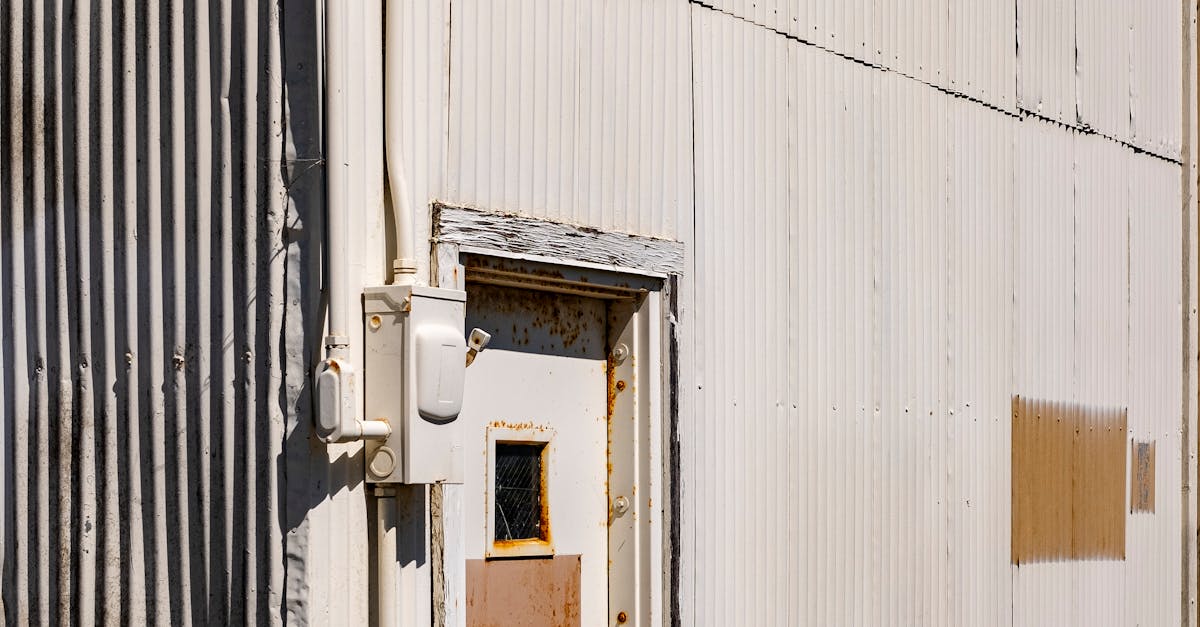Tile For Metal Roof Substitution Sydney

Table Of Contents
Tile For Metal Roof Substitution Sydney
When considering a roofing upgrade, homeowners in Sydney have a wide range of options to explore. One particularly appealing choice is the use of tile or ceramic materials for Metal Roof Colors Sydney. This combination not only enhances the aesthetic appeal of a property but also provides durability and longevity, essential for withstanding the varied climate in New South Wales. In a region where weather can shift dramatically, opting for a roofing solution that effectively combines style and functionality is critical.
As property owners weigh their options, it becomes essential to evaluate the various metal roof colors sydney available in the market. The right color can significantly influence the overall look and feel of a home while positively impacting its energy efficiency. Selecting the appropriate tile or ceramic materials can further complement these colors, ensuring that the roofing replacement is not just a practical undertaking but also a chance to elevate the property's visual identity.
Benefits of Changing from Tile Roofing to Aluminum
Changing from ceramic roofing for aluminum offers several advantages for homeowners. One significant pro is resilience. Aluminum roofs are known for their ability to withstand harsh weather conditions, like heavy rain, snow, and strong winds. Such a durability results into a longer lifespan compared to traditional ceramic options. In addition, aluminum roofs are less heavy, making installation easier and more cost-effective for homeowners.
A further advantage of changing to aluminum roofing is the efficiency of energy use. Aluminum roofing reflect sunlight, which can help reduce cooling costs during hot summers. Such reflective properties also contribute to lower energy bills, while they also promote a more comfortable indoor environment. Furthermore, many steel roofing options are designed to be environmentally friendly, resulting in a more eco-conscious choice for homeowners looking to improve their home's sustainability.
Reasons Changing from Metal Roofs for New South Wales
Changing from aluminum roofing is the valuable decision for property owners of Sydney. The form of roofing offers improved durability to withstand extreme weather conditions, which is essential in this climate. In addition, aluminum roofs require less maintenance, keeping homeowners time and money throughout the years.
Another perk of upgrading from aluminum roofing is its energy efficiency. Metal roofs deflect heat effectively, which can help in reducing cooling costs during the hot summer months in Sydney. Moreover, metal roofs are eco-friendly, often made from recycled materials and being fully recyclable at the end of their lifespan. This mix of benefits makes this option to upgrade to aluminum roofing a wise investment for property owners of New South Wales.
Common Problems When Switching Slate Roofs to Aluminum
Switching tile roofs to aluminum can introduce several challenges for homeowners. One issue is the load difference between tile and aluminum materials. Tile roofs are generally heavier, which may require reinforcements to the existing roof structure to ensure it can support the new material. Moreover, the conversion from a roofing type to another often requires compliance with local building codes, which can add complications to the project.
Another frequent problem involves the possible for leaks or gaps during the installation process. Metal roofs require precise fitting and sealing to prevent water infiltration, which can lead to problems down the line. Inadequate installation techniques may not only compromise the roof's integrity but also lead to higher maintenance costs. Furthermore, the shift in roofing style may also affect the home’s overall aesthetic, prompting homeowners to consider their choices carefully before proceeding.
How to Address Problems of Roof Upgrade
Upgrading a metal roofing from a tile roof can present various challenges. An initial concern is the strength of the existing framework. Before the installation, it is essential to evaluate the condition of the underlying structure. Any weaknesses in the frame can lead to complications during the replacement process. Performing necessary reinforcements can ensure a smooth transition to the new roofing material.
An additional issue that may arise is in regard to the adaptation of the roof's design. Metallic roofs can differ greatly in appearance compared to tile roofs. Property owners should consider how the new roof will integrate with the overall architecture of their home. Thoughtful planning and consultation with roofing professionals can help in selecting a style that complements the existing structure. Such steps can significantly enhance both the efficiency and visual appeal of the home.
Understanding Fitting Procedure for Ceramic to Metal Roofing Replacement
Switching the slate roofing to aluminum often is one significant upgrade task. The installation procedure requires thorough organization and a appropriate materials. To start, a old roofing must be safely removed, as this helps a sturdy base for the aluminum roofing.
Next, a installation of new aluminum roofing is able to begin. This procedure includes laying each aluminum panels across the set framework. Proper sealing and fastening are critical to confirm rain resistance and longevity. Finally, a final inspection takes place necessary to confirm all elements remain implemented correctly.
Guided Overview of Roof Replacement Fitting
Replacing from tile roof to a metal roof can look challenging at first. However, by following a detailed explanation, this process becomes less complicated. First, it is important to assess the existing tile roof for any issues or vulnerabilities. Following that, carefully remove the tiles while confirming the underlying structure remains intact.
After the tiles are removed, fitting the metal roofing needs proper preparation of the decking. The step involves placing a moisture barrier to shield the roof from water damage. Then, the metal panels can be attached to the roof structure with the appropriate fasteners. Finally, it is vital to ensure all seams are sealed properly to avoid leaks. Completing the project involves a thorough inspection to ensure everything is placed correctly.